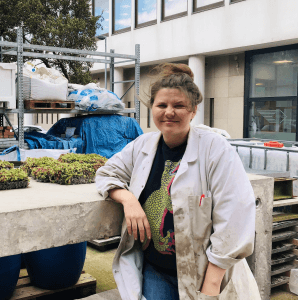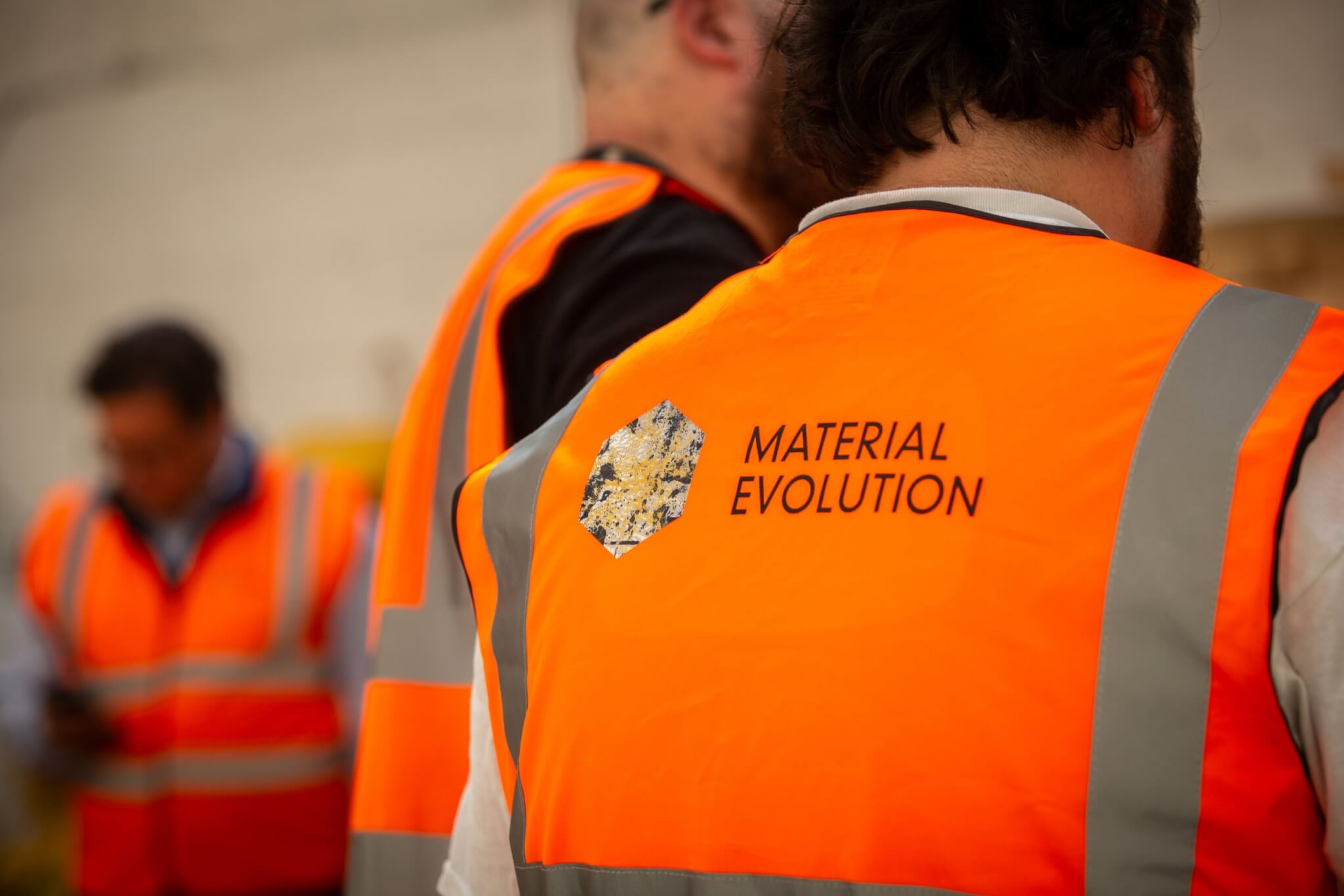Building a greener future: Why we invested in Material Evolution
In June 2023, HG Ventures increased its investment in UK materials science firm, Material Evolution, as part of that company’s £15M Series A round. Here, senior director, Ginger Rothrock explains why we doubled down.
There are few construction materials as ubiquitous as cement. Global production is around 4.1B metric tons annually, and while this material is incredibly versatile, its manufacture is also highly carbon-intensive, accounting for 8% of the world’s CO2 emissions. For context, if cement were a country, it would be the world’s third largest emitter of CO2 (the U.S. produces 4.7B tonnes of CO2 annually).
So the search for ways to reduce or offset those carbon emissions has been on for some time. And while most of the discourse has been around cements that capture carbon, when we first met the founders of Material Evolution in 2020, they had a very different idea.
Cement, but not as we know it

Dr Elizabeth Gilligan had yet to complete her PhD at Queen University, Belfast, when she applied to participate in the Heritage Group Accelerator. The ‘business’ was really little more than an idea at that stage. There was no product. But she did have a groundbreaking idea: Manufacturing cement from recycled waste materials and no heat.
Material Evolution’s patented process takes waste materials from industrial byproducts (the first market is the metal and mining industry), and uses alkaline fusion, rather than traditional calcination and clinkerization, which requires heating the powder from crushed limestones to temperatures of 1,450°C (2,642°F). Material Evolution’s method results in an 85% reduction in CO2 emissions.
Elizabeth spent three months in our accelerator program, during which time she benefited from access to experts from Heritage Research Group and Milestone Contractors, who helped to validate their concept.
Following her return to the UK, we introduced Elizabeth to other investors, Playfair Capital and At One Ventures, and before long Material Evolution was a reality, with a scaling production facility and, crucially, contracted customers.
Building a greener future
We did not need any convincing to join those other investors in Material Evolution’s recent funding round. Not only is the traditional method of cement production highly carbon-intensive, it also uses a vast amount of raw materials – limestone, shale, gravel – which all have to be mined. The ability of Material Evolution to use materials that would otherwise go to waste is just one more benefit of their groundbreaking process.
The market for lower-carbon cement is enormous, and we are confident that Material Evolution has the potential to capture a significant share. We are excited to be on that journey with them.

